
AeroGenie — Your Intelligent Copilot.
Trending
Categories
SJ-100 Domestic Engines Tested for Water Ingestion Resilience
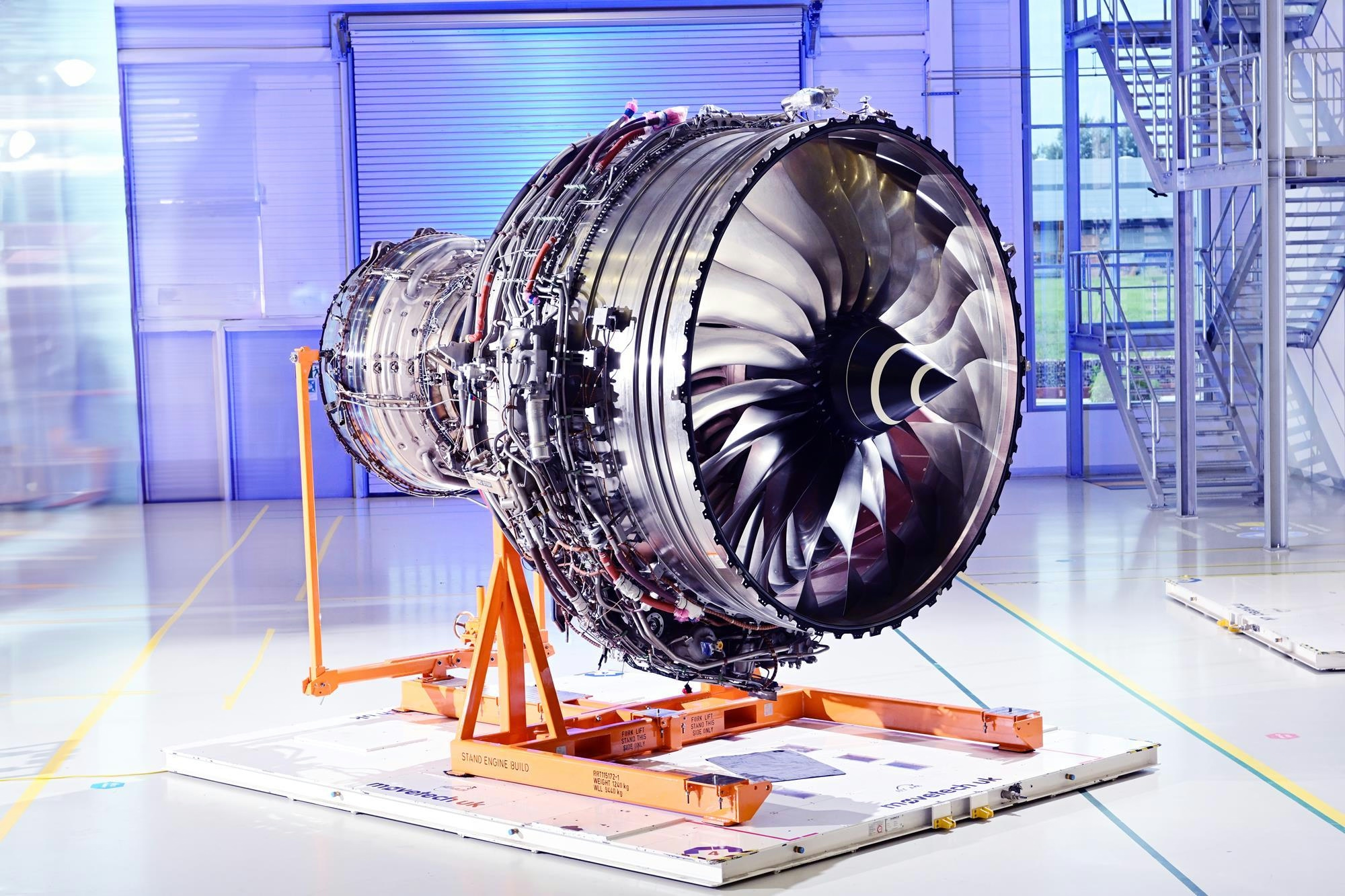
SJ-100 Domestic Engines Demonstrate Water Ingestion Resilience in Certification Trials
United Aircraft has successfully completed critical water-ingestion tests on its first import-substituted Yakovlev SJ-100, which is powered by domestically produced Aviadvigatel PD-8 engines. The trials took place at the Gromov Flight Research Institute in Zhukovsky, near Moscow, where aircraft number 97023 accelerated through a 70-meter-long, 12-meter-wide pool of standing water on the runway. These tests were designed to assess the aircraft’s operational safety on wet surfaces, a key factor in its certification process.
Vadim Shirokih, chief of Yakovlev’s regional aircraft flight-test complex, confirmed that the water ingestion did not affect the performance of the aircraft’s engines or auxiliary power unit. The evaluation also included testing the reverse-thrust mode, a standard braking procedure for modern airliners. Data collection was comprehensive, utilizing onboard and ground-based video cameras alongside parametric monitoring systems to support the ongoing certification program for the SJ-100.
Advancing Domestic Aviation Technology and Market Prospects
The SJ-100 is a derivative of the Superjet 100, distinguished by the integration of Russian-built systems that replace previously foreign-sourced components. Central to this localization effort are the PD-8 engines, developed as a substitute for the Franco-Russian PowerJet SaM146. Fyodor Mironov, deputy sales director at United Engine, emphasized the importance of water-protection testing for new aircraft engines, noting that the PD-8 demonstrated reliable operation throughout the water-ingestion trials.
Two of the three SJ-100 prototypes have been equipped with PD-8 engines, with additional flight testing conducted using an Ilyushin Il-76 testbed. United Engine expects to complete full certification testing of the PD-8 by the end of the year, a critical milestone for regulatory approval and market readiness.
The successful completion of these tests coincides with growing international interest in the SJ-100 program. Investor confidence has been bolstered by a recent memorandum of understanding between United Aircraft Corporation and Hindustan Aeronautics Ltd (HAL) to manufacture SJ-100 jets in India. This collaboration has attracted significant attention within the Indian aviation sector and may alter the competitive dynamics, potentially challenging established manufacturers such as Boeing and Airbus in the region.
As the SJ-100 advances toward full certification, its proven resilience under adverse runway conditions and the strategic emphasis on domestic production position it as a noteworthy contender in both Russian and international aviation markets.

Ethiopian Airlines Upgrades Retail Operations with SabreMosaic and AI Technology

Former Pilot Says AI Complicates Flying
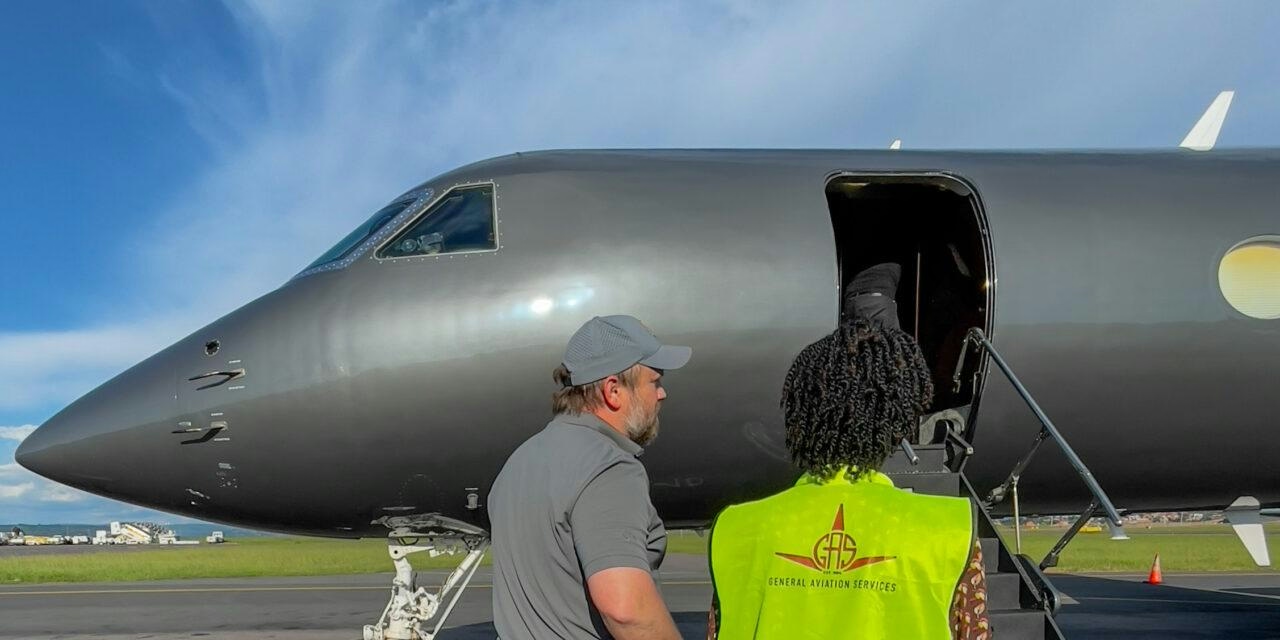
Bombardier Expands Business Aviation Presence in Africa

Abu Dhabi Investment Office Launches Vertiport Network to Support Air Taxi Operations
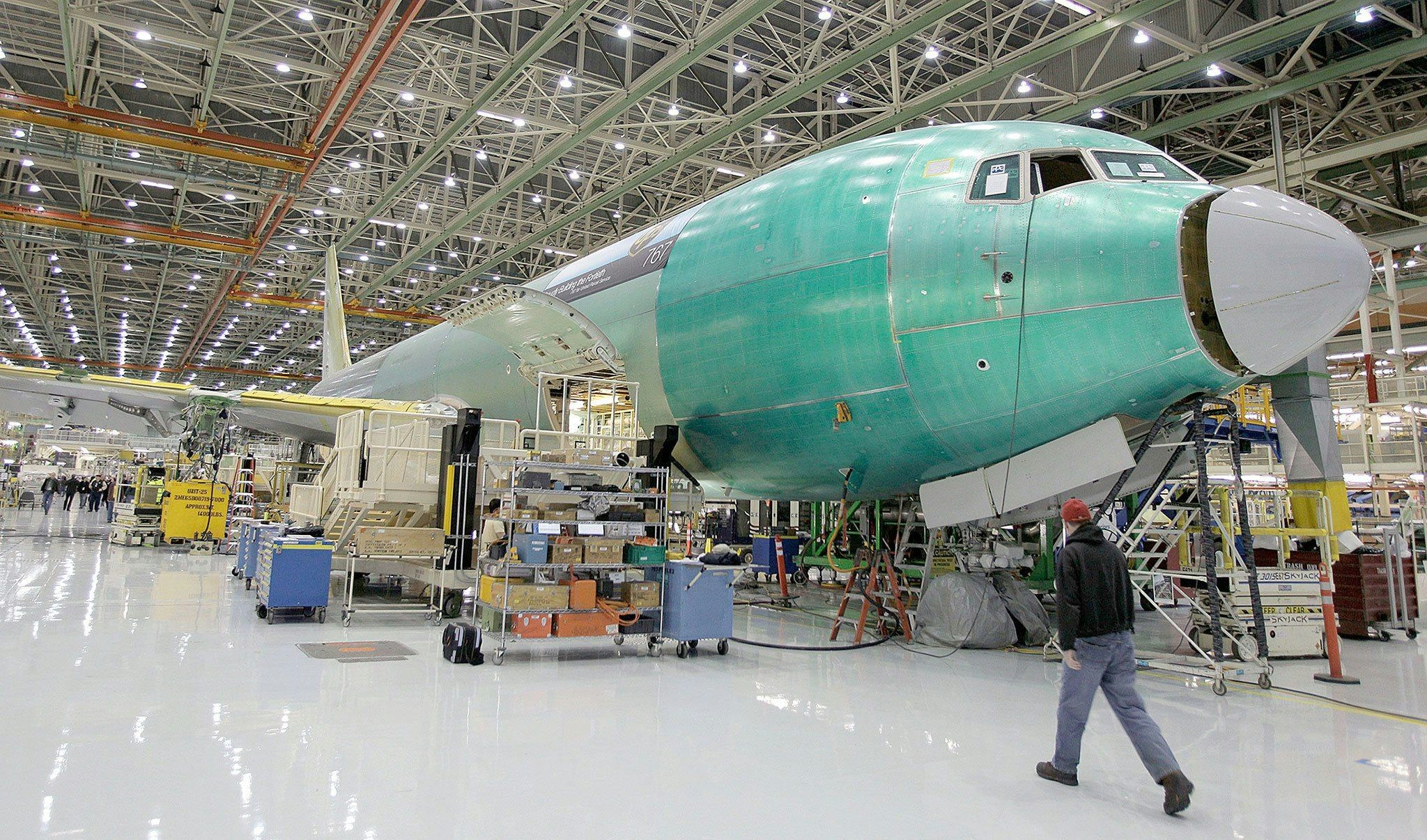
The Enduring Role of the Boeing 767 Freighter
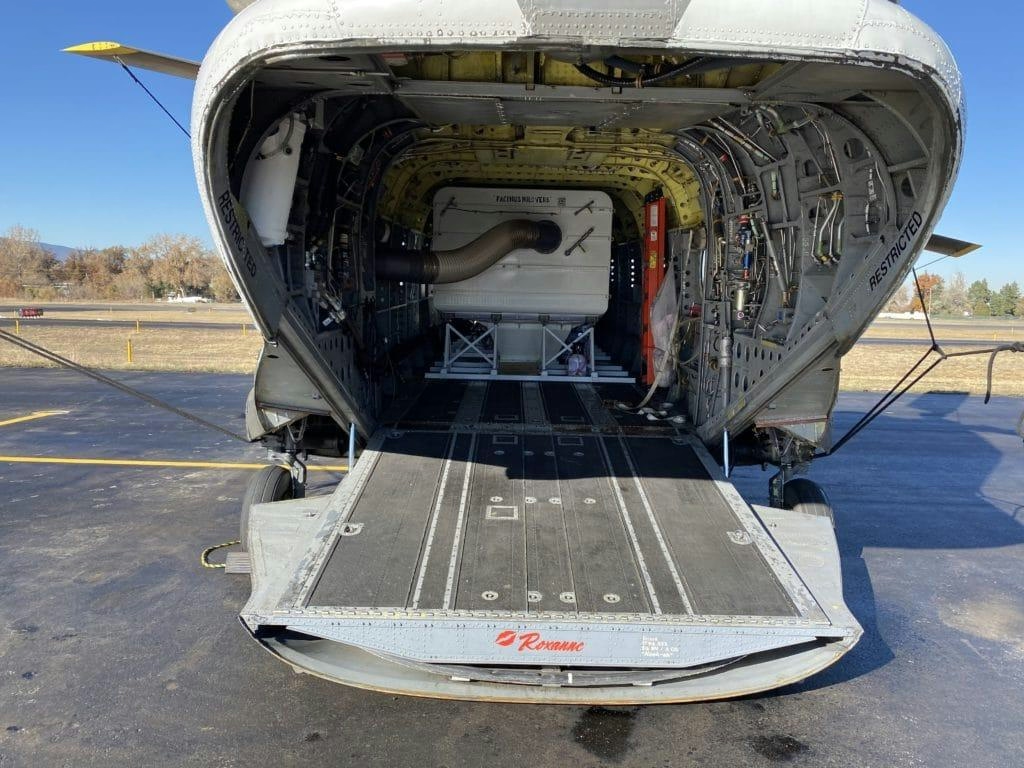
Billings Flying Service: The remarkable rise of a Montana Chinook fleet

Boeing Unveils $300 Million 2026 787 Dreamliner VIP Edition
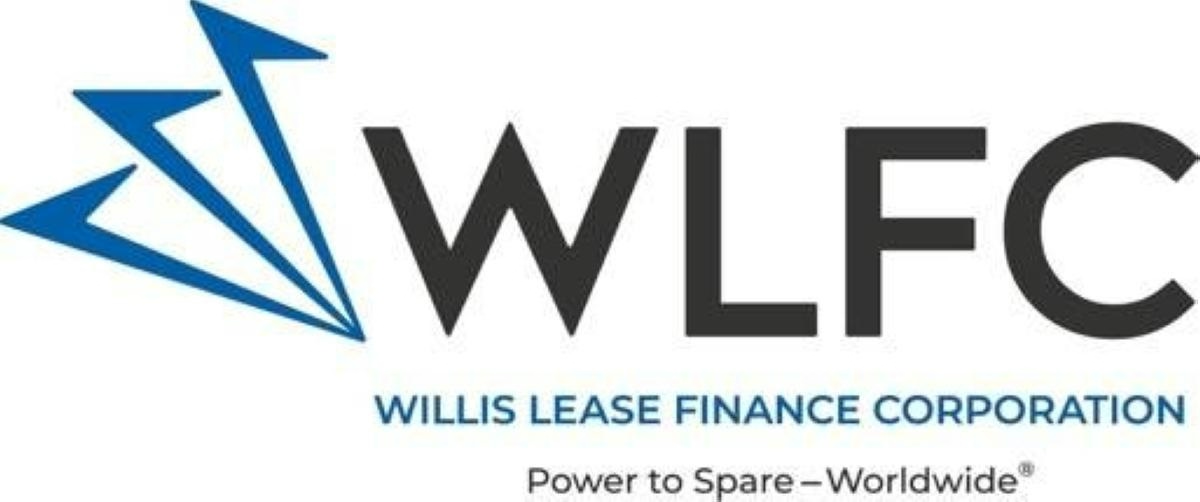
Willis Lease Finance Appoints David Hooke as Senior VP of Mergers and Acquisitions
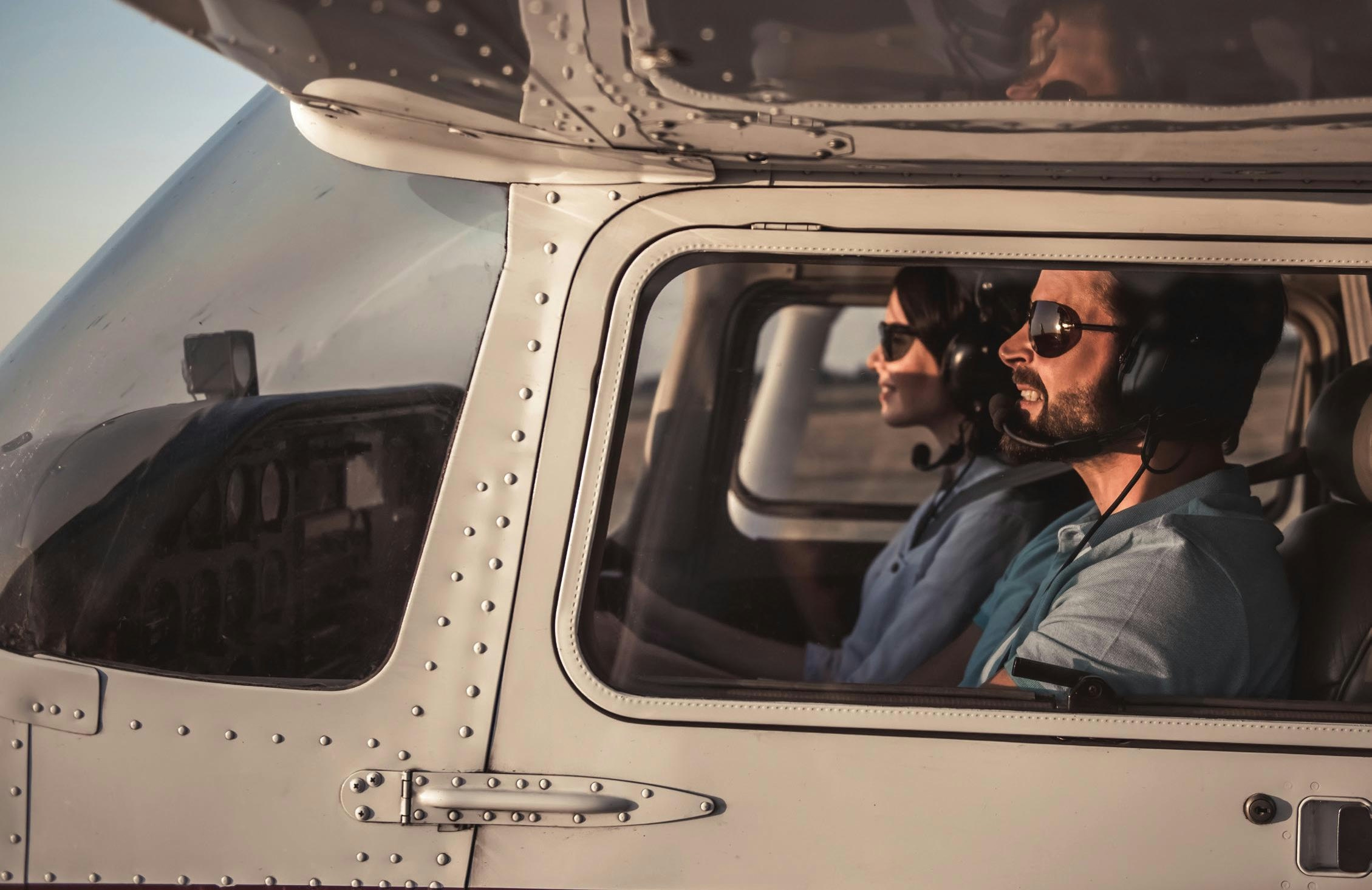
Aviation Investors Explore New Approaches Amid Budget Constraints
